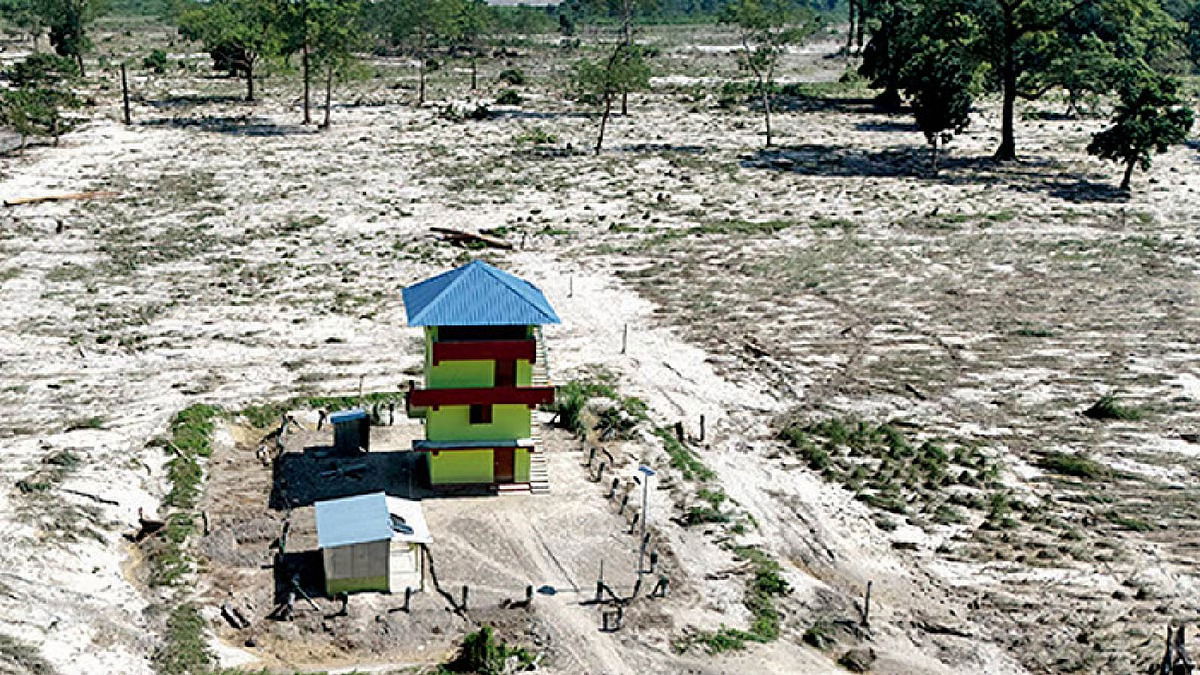The Jaldapara National Park grasslands have been devastated by the calamity. This impacted the food chain of elephants, rhinoceroses, bison, and deer. Forest officials are concerned about a potential conflict between humans and wildlife in such a scenario. At least 200 wild elephants inhabit the protected forest. The number of rhinoceroses is more than three hundred. Bisons and other deer species collectively account for more than four thousand. So far, the extensive grasslands along the Torsa and Shishamara rivers have been a lifeline for these herbivores.
But since the calamity occurred on the night of October 4, the eastern and western bank grasslands of the Torsa river were covered with silt. It would take at least three months for the new grass to cover the area. As the dry season is around the corner, food scarcity is likely to push wild animals into surrounding human settlements. As a result, Parveen Kaswan, DFO of Jaldapara Forest Division, believes a difficult time lies ahead. He said, “There's hardly any grassland remaining in Jaldapara. We will have to endure a tough three months. We are concerned. Due to the lack of food, wild animals are likely to venture into human settlements more frequently. Everyone must remain alert.”
To the east of Jaldapara National Park lie Munsipara, Pradhanpara, Natunpara, Shalkumar Hat, and Mendabari. To the west are Madhya Madarihat, Chekamari, Madhya Khayerbari, and South Khayerbari. Extensive paddy cultivation has taken place in these areas. In search of food, groups of elephants have already begun to loot these regions in small numbers every night. Forest officials fear that once hunger strikes, not only rhinoceroses but also bisons and other animals may venture into human habitations.
Night after night, forest labourers are becoming increasingly weary while attempting to drive wild animals back into the jungle. In the process, they have faced public anger while attempting to chase elephants away from human settlements. Forest officials have admitted that this possibility may increase further.
Biswajit Saha, General Secretary of Eastern Dooars Tourism Association, stated, "In reality, elephants’ recognised corridors have been destroyed due to human activity. They enter and exit settlements along specific paths, a tradition that elephants naturally follow. Whenever these paths are disrupted, problems arise. If there is a shortage of food in Jaldapara, they will inevitably come into human settlements to feed. People must be cautious for their own safety. This is going to be a very challenging time.”
Forest department officials are also worried about another reason. In their quest for food, some rhinoceros, elephants, and other herbivores have started congregating in the high forest belts. With so many wild animals at hand, poachers can become very active. It is now a huge task for the forest department to protect them.











